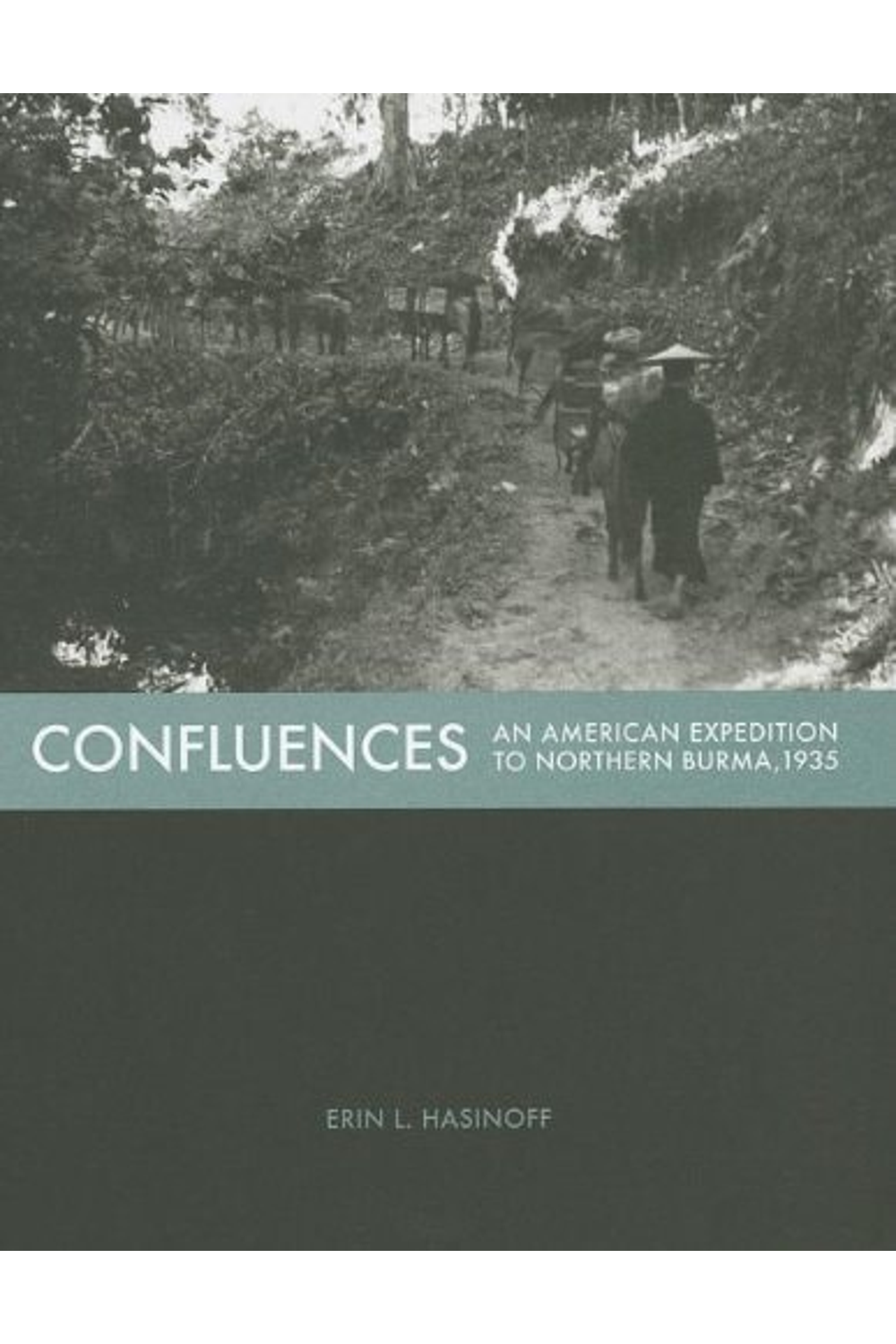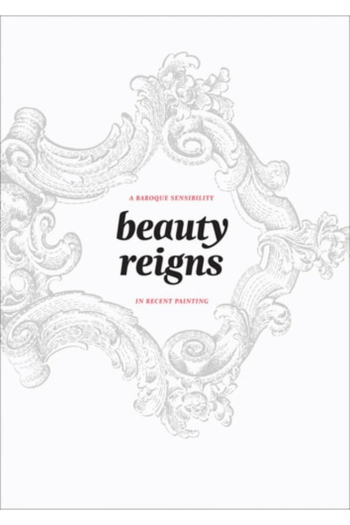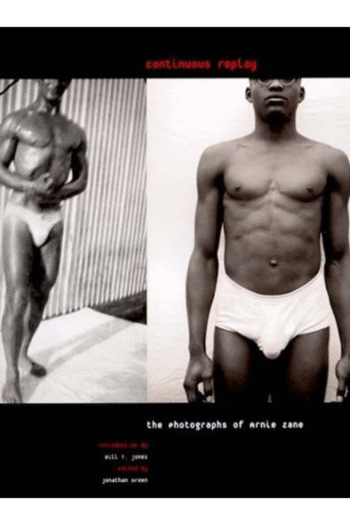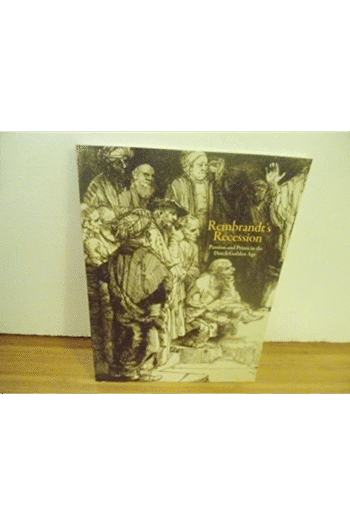Delve into the captivating world of 1935 Burma with “Confluences: An American Expedition to Northern Burma,” by Erin Hasinoff. This illustrated paperback chronicles the Vernay-Hopwood Chindwin Expedition, a venture of the American Museum of Natural History. Discover the expedition’s quest for biological specimens and ethnological artifacts along the Chindwin River, and the encounters with diverse cultures, including the Naga tribes. This book offers a window into a bygone era of exploration and cultural exchange. Perfect for enthusiasts of material culture, ethnology, and travel narratives. 176 pages, published by Bard Graduate Center. ISBN: 9780300190236.
Confluences: An American Expedition to Northern Burma, 1935
19,73 $
In stock
In January 1935, the Vernay-Hopwood Chindwin Expedition departed from Rangoon to explore the Chindwin River valley on behalf of the American Museum of Natural History. The party traversed northern Burma, gathering biological specimens and ethnological artifacts for the museum.
This intriguing book includes documentation and photographs made during the journey as well as biographical narratives of its organizers, sponsors, and field scientists. The collected items, personal belongings, provisions, tools, and exchange goods carried by the expedition party tell the story of the participants encounters with flora, fauna, landscapes, and people, including the head-hunting Nagas. This account offers fascinating details of the expeditions itinerary, cross-cultural interactions, and exchanges.
Distributed for the Bard Graduate Center, NY
Exhibition Schedule:
Bard Graduate Center(03/13/1308/03/13)
| Authors | |
|---|---|
| Binding | |
| Condition | |
| ISBN-10 | 0300190239 |
| ISBN-13 | 9780300190236 |
| Language | |
| Pages | 176 |
| Publisher | |
| Year published | |
| Weight | 322 |
| Edition | Illustrated |
| Dewey decimal | 959.1 |
Related products
Tomma Abts
41,45 $
- Additional information
- Currencies
- USD – United States dollar
- EUR – Euro
- GBP – Pound sterling
- CNY – Chinese yuan
- BRL – Brazilian real
- MXN – Mexican peso
- JPY – Japanese yen
- PHP – Philippine peso
- THB – Thai baht
- PLN – Polish złoty
- CAD – Canadian dollar
- MYR – Malaysian ringgit
- AUD – Australian dollar
- TWD – New Taiwan dollar
- CZK – Czech koruna
- SEK – Swedish krona
- HUF – Hungarian forint
- ILS – Israeli new shekel
- CHF – Swiss franc
- HKD – Hong Kong dollar
- DKK – Danish krone
- SGD – Singapore dollar
- NOK – Norwegian krone
- NZD – New Zealand dollar





